Contour Plus One Meter
2,000.00৳ Device
- Regular blood glucose monitoring with our easy-to-use device can significantly enhance diabetes management.
- Always have a backup testing method to avoid therapy delays.
- Verify the meter’s time and date before testing.
- Perform control tests to ensure accuracy.
- Clean and disinfect the meter regularly for hygiene and precision.
- Store test strips in a cool, dry place and use them before the expiration date.
 Brand
Brand
|
Square Pharmaceuticals PLC |
|---|---|
 Generics
Generics
|
Blood Glucose Monitoring Device |
 Type
Type
|
Glucometer |
0
People watching this product now!
Description
Description
Monitoring your blood glucose regularly can significantly improve your daily diabetes management. We have simplified this process with our device. Here’s some crucial information about your new meter:
- Backup Testing Methods: It’s highly recommended to have a backup testing method. Missing a test could delay therapy decisions and lead to severe medical issues. Consider a backup meter and test strips. Consult your healthcare professional or pharmacist for other backup methods.
- Initial Setup: On first use, the meter might ask you to select a language and time format (12-hour or 24-hour clock).
- Check Time and Date: Ensure the meter’s time and date are accurate before testing. Adjust if necessary.
- Sample Screens: The manual includes sample data screens; your data will vary.
- Symptom Discrepancies: If you experience symptoms that don’t match your test results or have any questions, consult your healthcare professional.
Dosage & Administration
When to Perform a Control Test:
Perform a control test to ensure your meter and test strips function correctly. Test when:
- Opening a new box of test strips.
- The test strip container was left open.
- You suspect test strips are damaged.
- You want to verify meter and test strip accuracy.
- Test strips were exposed to extreme temperatures or humidity.
- You dropped the meter.
- Your test result doesn’t match how you feel.
- You want to confirm proper testing procedure.
When to Clean and Disinfect the Meter:
- Clean the meter to remove visible dirt before disinfecting.
- Clean and disinfect the meter at least weekly and when blood is present on the meter surface.
- Clean and disinfect before allowing others to handle the meter. Do not let anyone else use the meter for their testing.
What to Clean and Disinfect:
Clean and disinfect these meter parts:
- The areas around slots and openings (avoid moisture in slots or openings).
- The meter display.
- The entire surface of the meter.
Precautions & Warnings
- If you drop the meter or drop it with a test strip inserted, the meter or test strip may be damaged. Discard the test strip and perform a control test with a new test strip to ensure proper function, then repeat the blood glucose test.
- Improperly stored or used test strips can yield incorrect results.
- Avoid storing test strips in high heat and moisture areas, like bathrooms or kitchens, as these conditions can damage the strips.
- Use only Accu-Chek Guide test strips.
- Use the test strip immediately after removing it from the container.
- Do not apply blood or control solution to the test strip before inserting it into the meter.
- Close the test strip container tightly after removing a strip to protect from humidity.
- Check the expiration date on the test strip container and do not use expired test strips.
Storage Conditions
Store the test strip container and meter in a cool, dry place, such as a bedroom. Refer to the test strip package insert for specific storage and operating conditions.
Reviews (0)
Be the first to review “Contour Plus One Meter” Cancel reply
About brand
Shipping & Delivery


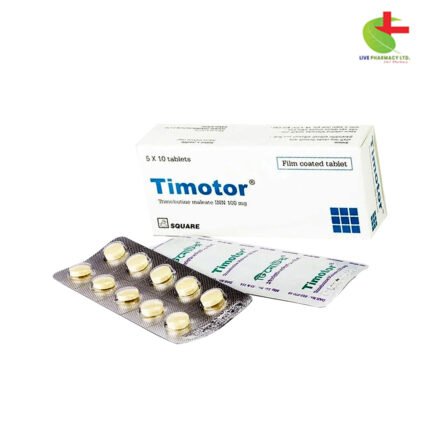


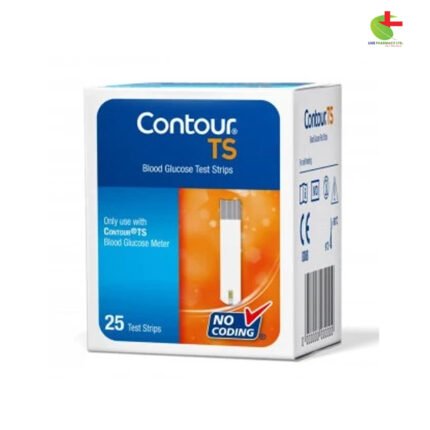
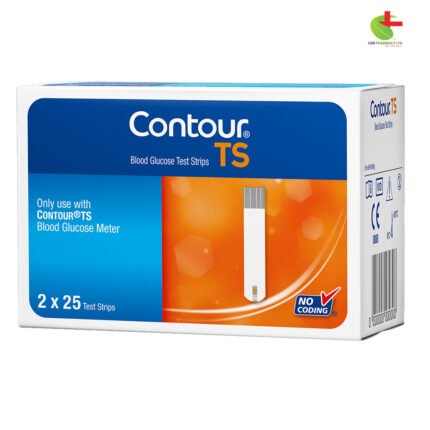



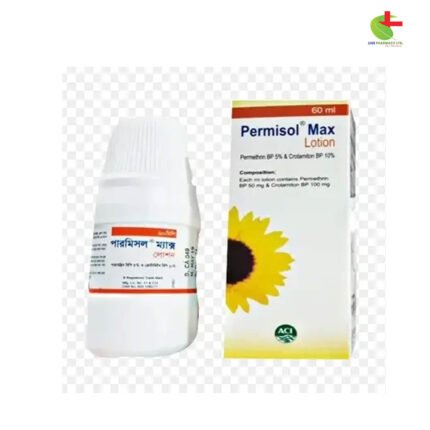
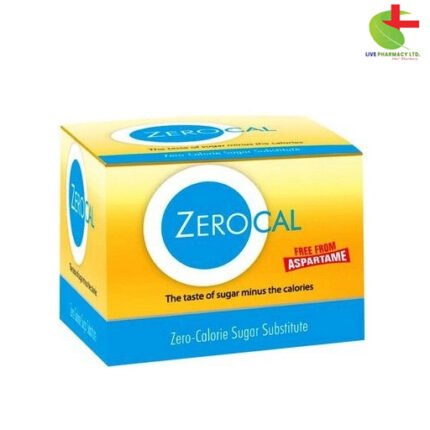
Reviews
There are no reviews yet.